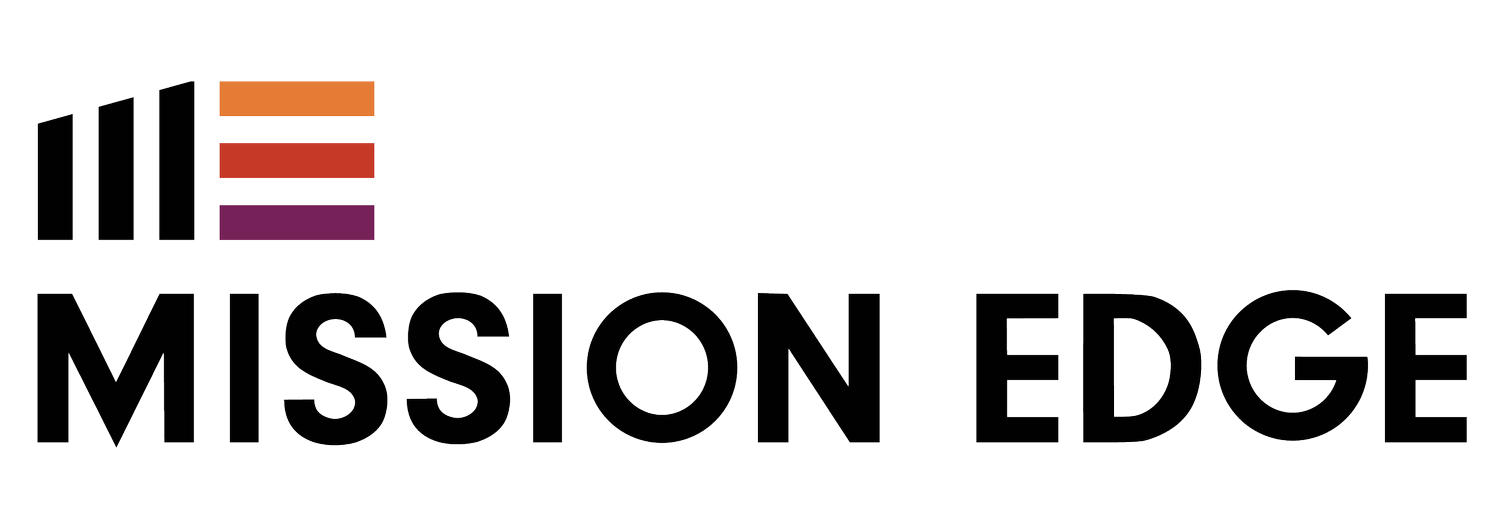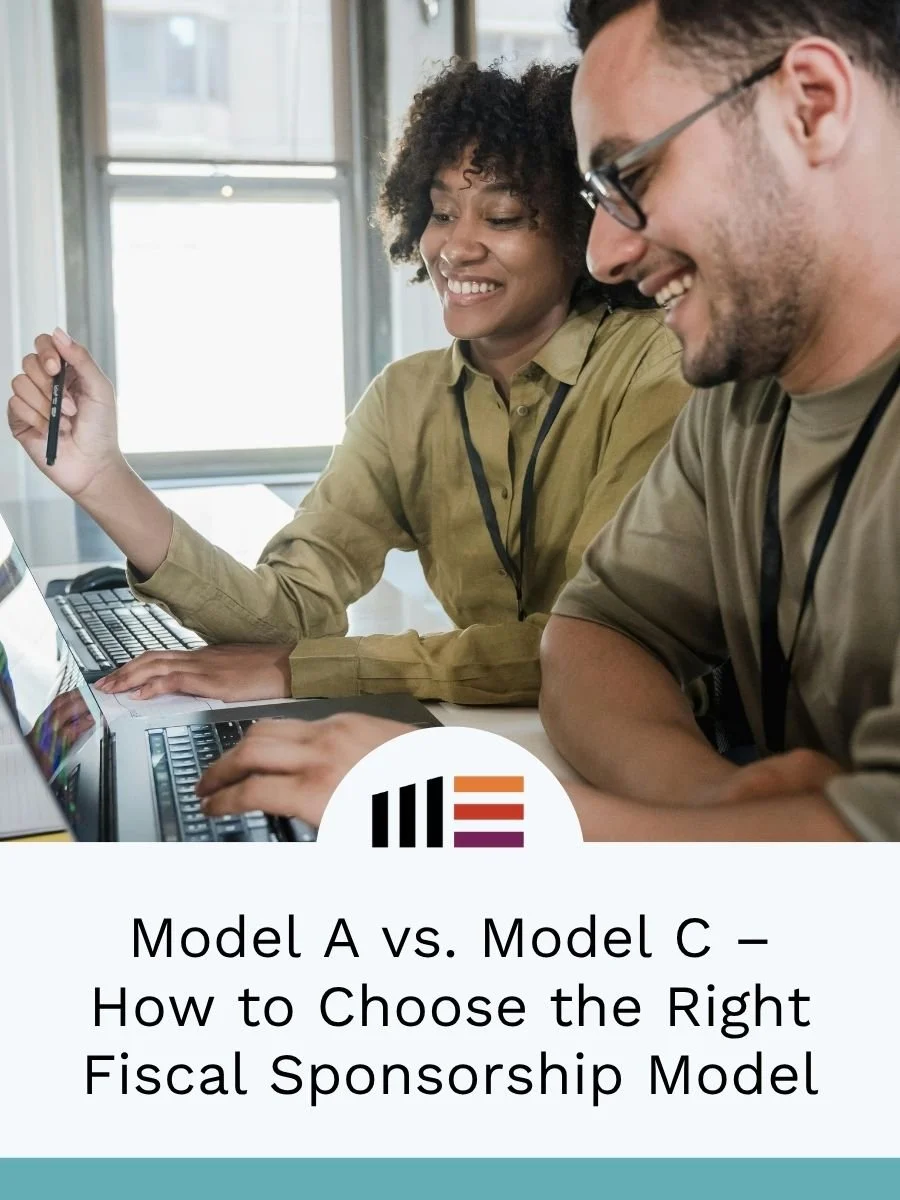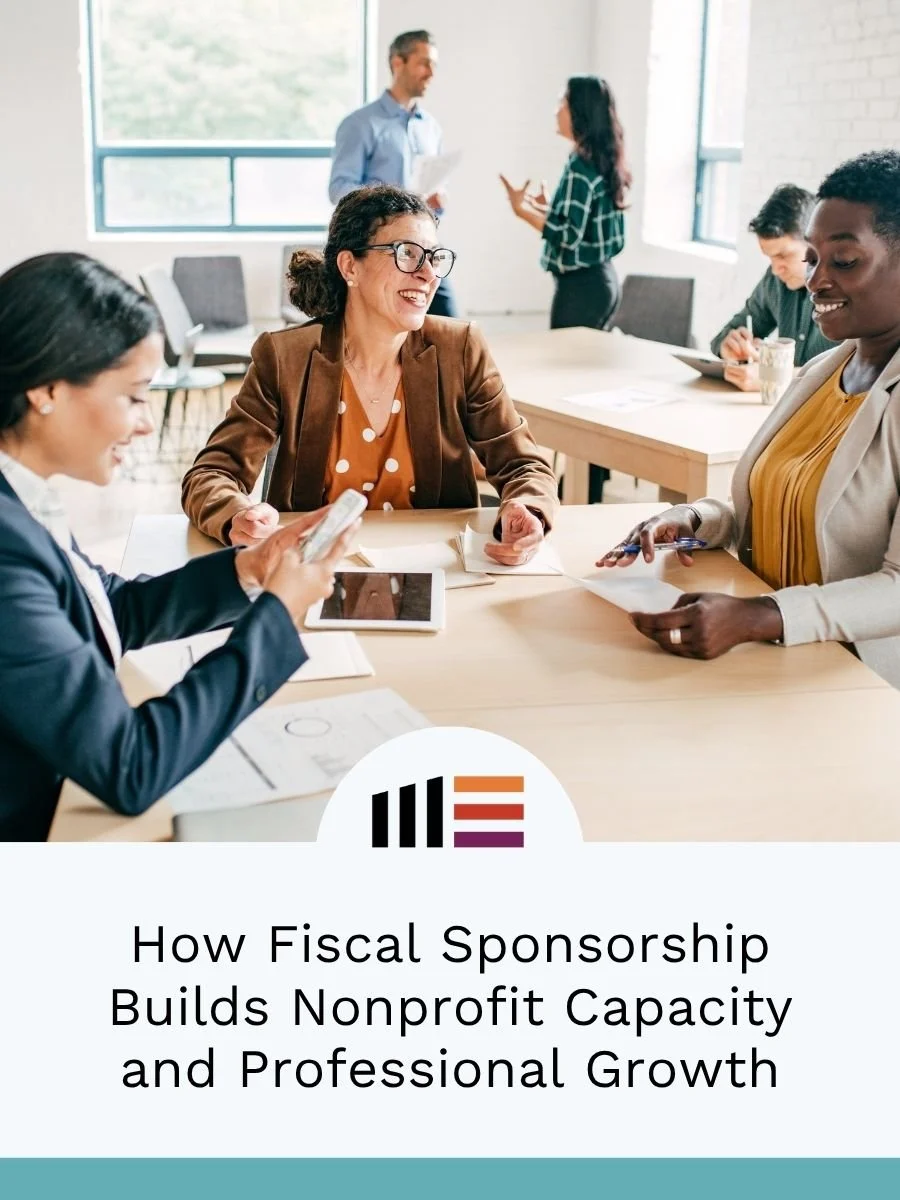Model A vs. Model C – How to Choose the Right Fiscal Sponsorship Model
Embarking on a new charitable initiative often means choosing between creating your own 501(c)(3) or partnering with an established nonprofit as a fiscal sponsor. A fiscal sponsorship lets your project operate under our tax-exempt umbrella, so you can raise tax-deductible donations and focus on your mission while we handle legal and administrative hurdles. This arrangement can be a major boost – it instantly lends credibility to your project and slashes startup costs and compliance headaches.
But not all fiscal sponsorships work the same. The two most common models, Model A (comprehensive sponsorship) and Model C (pre-approved grant), differ in structure and suitability for different organizations. Let’s walk through what sets them apart, and how to decide which model aligns with your goals.
How Fiscal Sponsorship Works
In a fiscal sponsorship, your project or initiative operates under our 501(c)(3) status. We take responsibility for the “behind-the-scenes” work – managing donations, issuing tax receipts, handling payroll and contracts, and ensuring audits and compliance – so you don’t have to build all that nonprofit infrastructure from scratch.
This setup can turbocharge your credibility and resources. Donors often trust projects more when an established nonprofit is involved, and your project immediately benefits from our nonprofit status and systems. Compared to forming your own charity – with its months or years of paperwork, boards, and applications – fiscal sponsorship is fast, effective, and cost-efficient.
We’ve supported dozens of projects through these decisions – including emerging initiatives like Code for the Planet, a project focused on providing equipping future technologists to drive sustainable innovation through open source collaboration, and established organizations like Mid-City CAN, a youth-focused advocacy group advancing equity and community power in City Heights, who transitioned from fiscal sponsorship to thriving independent nonprofits. Their stories showcase how tailored support and the right model make all the difference.
Check out our blog on "Fiscal Sponsorship vs. Nonprofit Formation" for a breakdown of both paths.
Model A vs Model C: The Basics
The key difference is who holds responsibility for funds and operations. If you're looking for a foundational overview, check out our popular post "Fiscal Sponsorship: Model A vs. Model C". Here we’ll dive deeper by helping you understand how to evaluate which structure is right for your organization based on capacity, goals, and long-term strategy.
Model A (Comprehensive Sponsorship):
Your project essentially becomes a department of Mission Edge, but with your own mission, programs, and branding. We receive and manage all funds, issue payments for expenses, and are legally responsible for the project. You focus entirely on fundraising and impact, and we provide the infrastructure – HR, accounting, compliance – that would otherwise require a full nonprofit back office. This model is ideal for grassroots or early-stage projects that need full support from day one.
Want to know how Model A can empower an organization to reach new heights?
We highlight this in our blog on HandsOn San Diego, where we supported the transformation of a grassroots volunteer project into an impactful initiative coordinating more than 40,000 volunteers across the region. It’s a strong example of how the right structure and strategic support can take a lean organization to scale.
Model C (Pre-approved Grant Relationship):
Your organization remains independent. We receive donations on your behalf and re-grant funds to you for your approved charitable purposes. You’re responsible for managing the funds, tracking expenses, paying vendors, and ensuring compliance with the grant terms. Model C works best for organizations that already have systems in place and are simply looking for a trusted partner with a proven track record to help access charitable funding.
Check out our case study on Hustle 2.0 Scholarship Fund to read about how Model C fiscal sponsorship through Mission Edge unlocked access to $300k in grant funding.
Understanding Which Model Fits Your Situation
Choosing between Model A and Model C depends largely on where your organization is in its development, its operational capacity, and what kind of support you need.
For example, if your organization has secured significant funding but is still waiting on its 501(c)(3) status — and hasn’t yet built out key infrastructure like accounting or HR — Model A is usually the best choice. With Model A, we provide the full nonprofit backbone so you can focus on your mission without worrying about compliance, taxes, or audits.
On the other hand, if you’re a fully operational organization — maybe a for-profit launching a charitable program or a young nonprofit with limited financial history — Model C might be a better fit. This model lets you keep control of your funds and operations while gaining access to tax-deductible funding and an extra layer of compliance.
For projects that haven’t formed any legal entity yet but are ready to start charitable work, Model A provides an immediate launchpad under an established nonprofit’s umbrella.
Moving Forward with Confidence
Choosing the right fiscal sponsorship model is an important step that sets the foundation for your project’s success. At Mission Edge, we’ve guided many organizations through this decision, helping them align their mission, capacity, and goals with the structure that best supports their growth. Whether you’re just getting started or ready to scale, understanding the differences between Model A and Model C will help you make an informed choice.
If you’re ready to learn more or want to discuss which model fits your project, please contact us. We’re here to support you every step of the way.

















